For preppers, being frugal means adopting a mindset and lifestyle that emphasizes resourcefulness, efficiency, and careful financial management in preparedness activities.
Being frugal is about making the most of available resources and minimizing wastefulness, allowing us to optimize our preparedness efforts while being mindful of our budgets. Today’s article may seem like a novelty for some, while for others, it is nothing more than an old practice that helps them give new life to kitchen scraps.
The approach of regrowing produce from seeds found in various vegetables and fruits or rooting herbs in water and transplanting them in the garden is a tale as old as time. The availability and the abundance of produce that can be found in today’s grocery stores have made things even easier for the frugal person.
The ability to continuously regrow produce not only helps you save money, but it also becomes a survival lesson that one day may be put to good use.
Earn Your Food Independence NOW!
Using scraps
Regrowing produce from discarded vegetable parts is a sustainable practice that gives new life to kitchen scraps. Not only can you utilize scraps from your own kitchen, but you can also explore options at farmers’ markets and grocery stores. This approach minimizes waste as nothing is thrown away, and everything is repurposed.
For instance, take a peek into your cupboard and rescue any sprouted potatoes or garlic cloves that would otherwise be discarded. If you have dried beans on hand, take a handful and plant them. Similarly, if you’ve bought celery, trim the stalks about an inch or two above the base and plant the base in your garden.
By mastering the art of regrowing produce, a significant portion of the vegetables you harvest can originate from items initially purchased for consumption. Let’s explore the various options available for regrowing produce and making the most of our resources.
Growing new produce from seeds
Viable seeds can be obtained from fresh produce, and a lot of folks have tried growing their own produce using the seeds of a tasty fruit or vegetable they bought from the farmer’s market. While most of them did it out of curiosity, just to see if the seed would sprout and grow into a productive plant, others figured out how to perpetuate this practice and have a constant supply of fruits and vegetables.
Here are my favorite “experiments”:
Tomatoes
I love tomatoes, and my family eats lots of them on a daily basis, whether fresh or part of various dishes. In time, I’ve learned that regrowing tomatoes from store-bought produce is possible and can be a rewarding experience. Here are the steps to follow:
Choose a healthy, ripe tomato from the market. Look for a variety that is suitable for your climate and growing conditions.
Cut the tomato into halves or quarters and gently scoop out the seeds and surrounding pulp using a spoon. Place them in a small container.
To improve seed viability, some gardeners prefer fermenting the tomato seeds. Add a little water to the container with the tomato seeds and pulp, cover it loosely, and let it sit at room temperature for a few days. Stir occasionally. This process helps separate the seeds from the pulp and can reduce the risk of seed-borne diseases.
After fermentation (if you choose to do so), pour off the excess liquid and rinse the seeds thoroughly under running water. Place them on a paper towel or a fine mesh sieve to dry. Make sure to label and store them in a cool, dry place for future use.
To germinate the tomato seeds, you have a couple of options:
- Seed Tray or Pots: Fill a seed tray or small pots with a seed-starting mix or a well-draining soil mix. Plant the tomato seeds about a quarter to a half-inch deep. Make sure you keep the soil consistently moist and place the tray or pots in a warm and sunny location or under grow lights.
- Paper Towel Method: Moisten a paper towel and spread the tomato seeds on one half. Fold the paper towel over the clean seeds and place them in a plastic bag or a covered container. Keep the towel slightly damp and place it in a warm spot. Check regularly for germination.
Once the tomato seedlings have grown a few inches tall and developed a few true leaves, they are ready for transplanting. Select larger containers or prepare your garden bed. Plant the seedlings, burying them up to their lower leaves, as this promotes stronger root development.
Strawberries
While strawberries are typically propagated through runners or young plants, you can still attempt to regrow them from the store-bought ones using their seeds. Here’s what you need to do:
Choose a few ripe strawberries from the market. Look for fresh, plump, and undamaged fruits. It’s preferable to select organic strawberries, as they are less likely to have been treated with chemicals.
Cut the strawberries into halves or quarters and gently remove the seeds using a spoon. Place the seeds in a small container, such as a glass or a plastic container.
Rinse the strawberry seeds under running water to remove any remaining pulp. Pat them dry with a paper towel and ensure they are completely dry before proceeding.
Fill a seed tray with a well-draining seed starting mix. Moisten the mix with water to ensure it’s damp but not soaking wet.
When the surface of the seed starting mix is ready, you can sprinkle the strawberry seeds over it. Gently press them down, but do not bury them deeply as they require light to germinate.
Cover the seed tray or pots with a clear plastic lid or a plastic wrap to create a greenhouse-like environment. Place them in a warm location that receives indirect sunlight or under grow lights.
Keep the seed starting mix consistently moist. You can do so by misting it with water or using a spray bottle. Keep in mind that you should avoid overwatering, as it can lead to fungal issues. Germination typically takes 2-4 weeks, but it can vary.
Once the strawberry seedlings have grown a few inches tall and developed a couple of true leaves, they can be transplanted. Select larger containers or prepare a garden bed with well-draining soil. Space the seedlings adequately to allow for their spreading habit.
Peppers
Regrowing peppers from store-bought produce can be a rewarding experience, and I’ve often done it to obtain different types of preppers which were unavailable for my zone. Here’s what I did:
Choose ripe and healthy peppers from the market. Look for fully mature peppers with vibrant colors. Different pepper varieties may have different colors when fully ripe, so select accordingly.
Cut the peppers open and carefully remove the seeds from the core using a spoon or your fingers. Collect the seeds and place them in a small container or on a paper towel. Make sure to separate seeds from any attached flesh or pulp.
Rinse the pepper seeds under running water to remove any remaining pulp or flesh. Pat them dry with a paper towel and allow them to air dry further. Ensure the seeds are completely dry before proceeding.
Fill small pots with a well-draining seed starting mix. Moisten the mix with water to make it slightly damp but not saturated.
Sprinkle the pepper seeds evenly over the surface of the seed starting mix. Lightly press them into the mix, but avoid burying them too deeply. Pepper seeds require light to germinate.
Cover the seed tray or pots with a clear plastic lid or plastic wrap to create a humid environment. Place them in a warm location, preferably around 70-80°F. If needed, use seedling heat mat to provide consistent warmth.
Keep the seed starting mix moist but not waterlogged. Use a spray bottle or misting technique to water the seeds gently. Overwatering can lead to damping-off or fungal issues so make sure you’re not doing it. Germination typically takes 1-2 weeks, but it may vary depending on the pepper variety.
Once the pepper seedlings have grown a few inches tall and developed a few sets of true leaves, they are ready for transplanting. Choose larger containers or, if possible, prepare a garden bed with well-draining soil. Space the seedlings adequately, considering the mature size of the pepper plants.
An important thing to mention:
There are certain tomatoes and bell peppers that are classified as F1 hybrids. These hybrids are created by crossbreeding different cultivars of the same plant species in the first generation. Although the seeds from these hybrids are capable of growing, the resulting offspring may not precisely resemble the parent plant. However, rest assured that all vegetables grown in your garden and harvested at their peak of ripeness offer delightful flavors.
How about dry seeds?
Dry seeds also offer great potential for growing a variety of plants and help you become more frugal. So far, in my experience, all beans and peas have viable seeds. Even so, I don’t advise you to start sowing the seeds without first doing a germination test. It’s a simple task, and it will help you avoid wasting time on futile garden chores.
Soak about ten seeds in water overnight, then place them between folded layers of a damp kitchen towel. Place the paper towel in a plastic bag or in a glass jar. Within a week, the seeds should germinate, and to give them the best starting chance, make sure you provide warmth and moisture.
Dill, mustard, caraway, and other herb seeds can be viable too, but here it all depends on their age. To be sure you are successful with your herb-growing experiment, it’s best to use freshly purchased herb seeds for optimal results. I also advise you to use herb seeds only from local sources since the imported seeds are sterilized through irradiation and will not germinate.
Growing herbs
Regrowing herbs from store-bought herbs is a convenient and economical way to have a continuous supply of fresh herbs in your kitchen. It’s an easy task, and pretty much anyone can do it if they follow these steps:
Select a bunch of fresh herbs from the market. Look for herbs with healthy leaves and avoid those with signs of wilting or disease. Popular herbs for regrowth include basil, mint, cilantro, parsley, rosemary, and thyme.
Remove a few healthy stems from the herb bunch, leaving about 4-6 inches of length. Strip the lower leaves from the bottom 2 inches of the stems.
Place the herb cuttings in a glass or jar filled with water, ensuring that the stripped part of the stem is submerged while the upper part remains above water. Place the container in a well-lit area but not in direct sunlight.
Change the water every few days to keep it fresh and prevent stagnation. Over time, you should start to see roots emerging from the submerged part of the stems. This usually takes a couple of weeks.
Once the roots are about an inch or longer, it’s time to transplant the herb cuttings into pots or a garden bed. Fill the containers with well-draining potting soil or garden soil mixed with compost.
Potatoes and ginger
To regrow potatoes select healthy, organic potatoes from the farmer’s market. Look for ones that are firm and free from blemishes or sprouting. You can use whole potatoes or cut larger ones into smaller pieces, ensuring that each piece has at least one or two “eyes” (these are the small indentations from which new sprouts will emerge).
If you are using whole potatoes, let them sit in a warm and dry place for a few weeks to encourage the development of sprouts. If you are using potato pieces, allow them to air dry for a day or two before planting.
Select a planting location with well-draining soil and ample sunlight. Dig trenches or holes about 4-6 inches deep. Place the seed potatoes or potato pieces into the soil with the sprouts facing upward, spacing them about 12-15 inches apart. Cover them with soil, leaving the sprouts exposed.
Water the planted potatoes thoroughly, ensuring the soil remains consistently moist. As the potato plants grow, continue to water them regularly, especially during dry periods.
To regrow ginger, select fresh, plump ginger roots from the local market. Look for ones with smooth skin and plump knobs. Avoid ginger roots that are shriveled or soft since these will not sprout.
Cut the ginger root into smaller sections, ensuring each piece has at least two “buds” or small protrusions that will sprout. Allow the cut sections to air dry for a day or two to form a protective callus.
Fill a wide, shallow container or pot with well-draining potting soil. Place the ginger pieces with the buds facing up and bury them about 1-2 inches deep in the soil. Water lightly to moisten the soil.
Place the ginger container in a warm and humid location, ideally around 70-80°F. Ginger thrives in moist conditions, so ensure the soil remains consistently damp but not waterlogged. Mist the leaves occasionally to increase humidity.
Ginger plants will start to sprout from the buried sections. Continue to water the plants regularly, ensuring the soil doesn’t dry out completely. Provide partial shade if the sunlight becomes too intense.
Reviving the allium family
The Allium family, consisting of various onion-related plants, offers fantastic regrowing opportunities. Here’s how to regrow garlic, red/yellow onions, and leeks:
To regrow garlic select healthy, organic garlic bulbs and look for bulbs with plump cloves and papery outer skins. Avoid bulbs with signs of damage or mold.
Carefully separate the cloves from the garlic bulb, ensuring the papery skins remain intact. Use larger cloves for better results. Avoid removing the skin from the individual cloves.
Select a planting location with well-draining soil and ample sunlight. Dig small holes about 2 inches deep and 4-6 inches apart. Place the garlic cloves in the holes and make sure the pointed end is facing up and the flat end down. Cover them with soil, gently pressing it down.
Water the planted cloves thoroughly, ensuring the soil is consistently moist but not waterlogged. As the garlic plants grow, continue to water them regularly, especially during dry periods. Mulch around the plants if needed since this helps retain moisture and suppress weed growth.
To regrow onions pick healthy, firm onion bulbs with intact skins and no signs of rot or damage. Both red and yellow onions can be regrown using the same method.
Remove any dry or damaged outer layers from the onion bulbs, but keep the papery skin and the root end intact.
Select a sunny location with well-draining soil. Dig small holes about 1-2 inches deep and space them 4-6 inches apart. Place the onion bulbs in the holes and make sure the pointed end is facing up. Cover them with soil, gently firming it around the bulbs.
Water the planted onion bulbs thoroughly after planting, ensuring the soil is consistently moist. As the onion plants grow, continue to water them regularly, particularly during dry periods. Remove any weeds that may compete with the plants for nutrients and space.
To regrow leeks, pick fresh and healthy leek bulbs with intact roots and firm, white bases. Avoid leek bulbs with signs of rot or damage.
Trim off any damaged or wilted leaves from the top of the leek bulbs, but keep the roots intact.
Select a planting location with well-draining soil and partial shade. Dig holes about 4-6 inches deep and space them 6-8 inches apart. Place the leek bulbs in the holes, making sure to bury them deep enough to cover the roots but leaving the green tops exposed. Fill the holes with soil and gently firm them around the bulbs.
Water the planted leek bulbs thoroughly after planting, ensuring the soil remains consistently moist. Leeks prefer moist soil, so regular watering is essential.
A final word
Regrowing produce that you bought from the market is a fantastic way to embrace frugality and reduce waste. By harnessing the potential of kitchen scraps and leftover produce, you can experience the joy of seeing new life sprout from what would have otherwise been discarded. Not only does regrowing produce save money, but it also promotes sustainability and self-sufficiency.


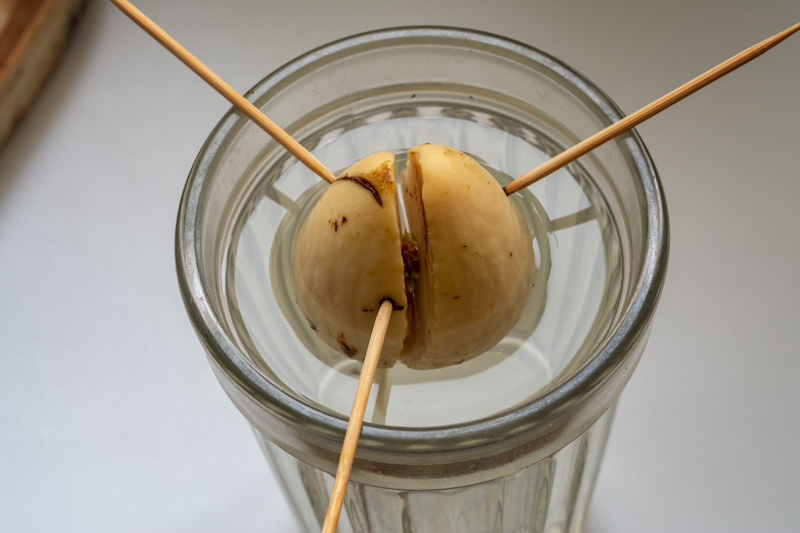

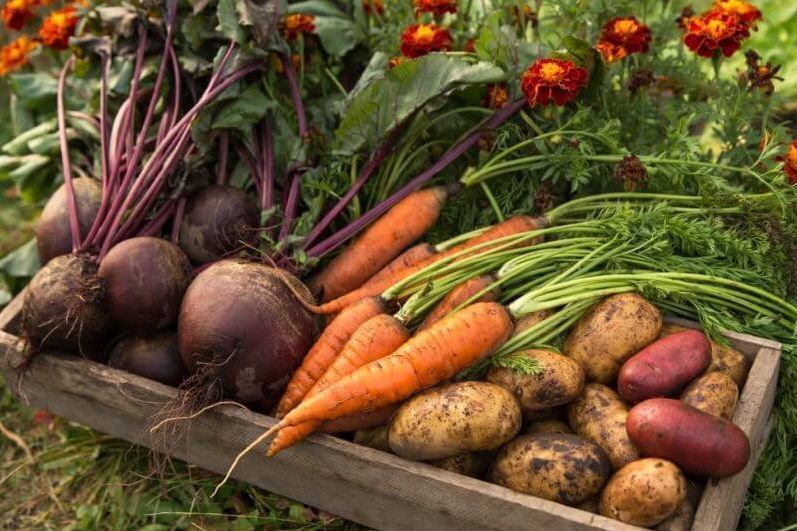
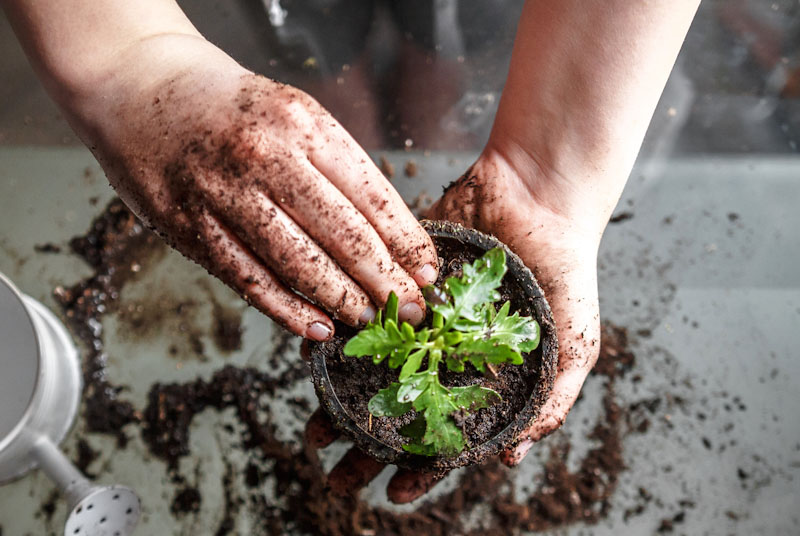
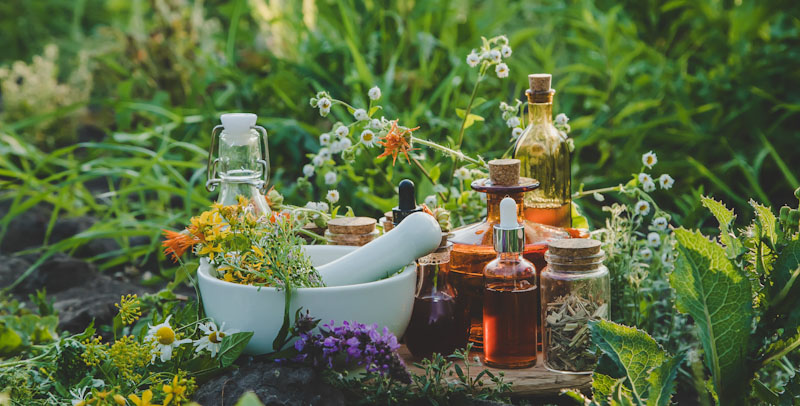
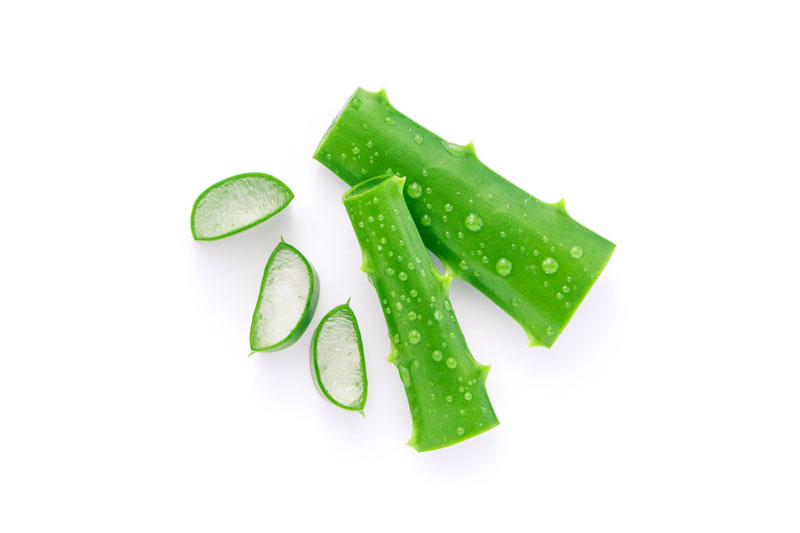

Travelin On | July 5, 2023
|
This is a wonderful concept, but also be aware that there are stores who are doing all they can to prevent this very thing. Produce are having their root sections sterilized in various solutions so that one cannot grow onions from the root section of the onion, celery from the root stalk of the celery plant, carrots, potatoes, etc., they will not sprout or regrow. The food producers are doing all they can to prevent the behavior of the thinking person to be self sufficient. If you have a choice choose stores who don’t use such techniques to keep business coming back to them when you buy produce. If one has a little space inside their home and some grow lights, it is more than possible to grow all the produce one needs all through the year. I do admit, the larger the household the more difficult that would be without a large enough home or possibly an out building. The stores don’t see much of me any more and I’m just as content. I’ve learned to make whatever items I need rather than buying it “conveniently” at the store, and I leave all the garbage products out of what I make that keep the produce forever in a box or bag in the store. Have found sources to get grains, legumes or produce from farmers directly (forget the Farmers Markets, too often that produce is not grown locally by local farmers, it’s commercial grade and purchased produce and sold at Farmer’s Markets). Go to the grower directly. I can grind my own flours or crack grains as desired. Leaving the middle men out of the equation is much more efficient and cost effective.
Paul | July 5, 2023
|
I read your posts alot and enjoy the insight. I was told not to use commercial food to regrow cause of reasons mentioned. How do you know if the veggies are chemical treated?
JERRY BRADBERRY | July 13, 2023
|
you need to get heirloom seed s that way you know what you are going to get they reproduce turn they are dozens web sites out there put heirloom seeds